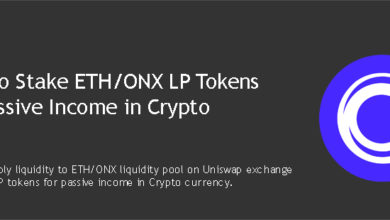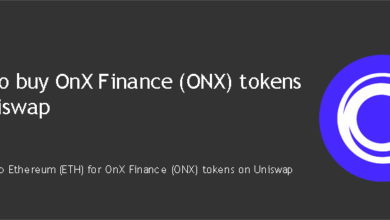In the current scenario of DeFi domain, the hottest topic can be considered as WETH, which is already understood as the optimum solution for high gas fees in ETH. Though “ETH” is a common term that is heard frequently “WETH” has become a bit surprising term. In this discussion, it is considered about what are gas fees, what are the issues of gas fees and the highest gas burners which are in the presence of digital financial services.

What are the issues of ETH gas?
In simple terms, Gas is the pricing unit that is necessarily charged within the transactions of the network to experience a successful transaction. In the Ethereum network, the fee is nominally known as ETH gas fee due to its native token “Ether”. The concept of gas is introduced in order to keep a distinct value for the computational cost of the networks. Usually, miners set the prices on these gas units and if it does not fulfill their rate it may cause rejections in the transaction. Since Ethereum is a computerized network, the blocks are maintained with informational bits which are often called block sizes. In the common scenario, miners charge a huge amount compared to the block size to increase their profit. Though the user is not doing any payment on buying or not making any profit, it is necessary to hold a standard gas fee in the network. Every performance of the Ethereum network such as transactions, smart contract executions may require some additional amount of gas. Most of the smart contracts run in an Ethereum virtual machine (EVM) and each line of code of execution requires a certain amount of gas. This cumulative factor has made the gas fees to an unaffordable rate. In 2021 the ETH gas fee is around 125.11B and one year ago it was around 10.48B. And average GAS fee per transaction went as high as $80 during past few weeks.
Furthermore, there is another parameter which is known as the block gas limit. Block gas limit is the maximum amount of gas per block. According to the increment of this block gas limit, the scalability and the information bit size of the block increases respectively. But, this instant growth of the network allows only a few people to be satisfied within the network because the number of users who are able to afford the gas fee is limited; it makes the network less decentralized.
Managing ETH gas fee using WETH
Because the above issue is getting a bit complex, a standard token which is known as ERC-20 was introduced by the developers to the blockchain network. This defines how tokens to be transferred and how to keep the corresponding records among the Ethereum network. ETH does not necessarily able to comfort the rules and standards in ERC-20.
Wrapped ETH (WETH) is the optimum solution that has been identified up to now. Wrapping ETH tokens allows the users to trade among the standards of ERC-20 and it offers a much more reliable service since WETH belongs to ERC-20 tokens. WETH is available on many DEXes such as Kuiper network, Uniswap, and Radar-Relay network. Compared to these gas burners Uniswap takes a leading position.
Uniswap is a decentralized open-source software (protocol) built on Ethereum with high decentralization. Moreover, Uniswap is an automated liquidity protocol that models liquidity pools. On other hand, this provides better comfort for the pricing mechanisms which is more friendly to the user. Due to the decentralization environment of Uniswap, there will be no listing fees and the token-operations can be done as long as the availability of the traders in the liquidity pool.
From the technical perspective, Uniswap works with a design known as Constant Product Market Maker, which is originated by Automated Market Maker (AMM). AMM is a kind of smart contracts that holds liquidity pools. Considering more depth, these liquidity pools are funded by the providers who are able to deposit two equally valued tokens. When the traders are paying the fee to the pool it is distributed within the providers as the return operation.
Anyhow using WETH may reduce the gas fees by at least 20%. The idea is to convert ETH to WETH before interacting with Dapps. Specially if using an AMM like Uniswap or Sushiswap. This does note reduce fees of your regular transactions. These AAM Dapps can’t use ETH for it’s functions. They need to convert ETH to WETH before interacting with it’s smart contract. This conversion happens in the background. But you’re being charged a fee for it. But by having WETH on your wallet will eliminate this fee and will save 20% to 30% on fees. This of course is effective only if you’re making multiple transactions with your WETH. Because going back to ETH from WETH will be another transaction with a fee.
Though the ERC-20 standards are applicable for the present situation of token-based operations, according to the increment of the demand a better standard will be required. Hopefully, ERC-223 standards are getting prepared for the next level.




